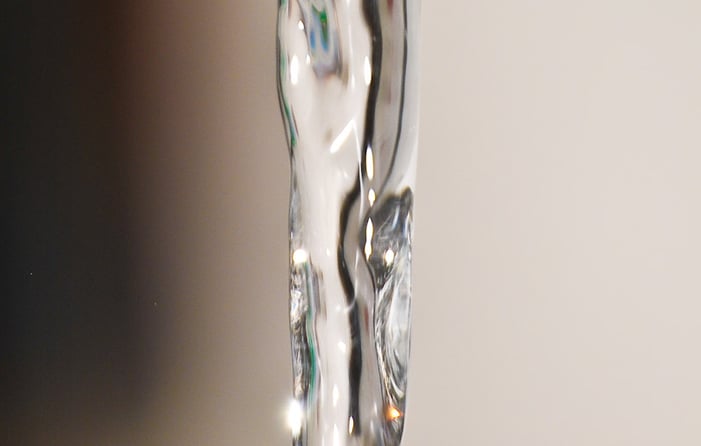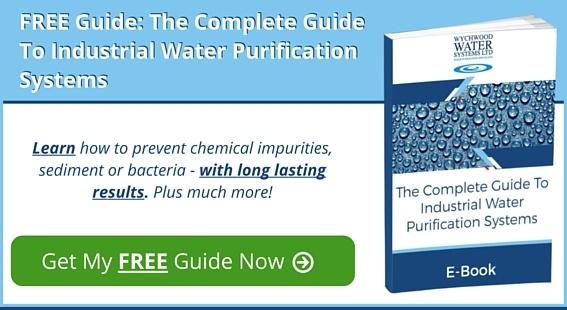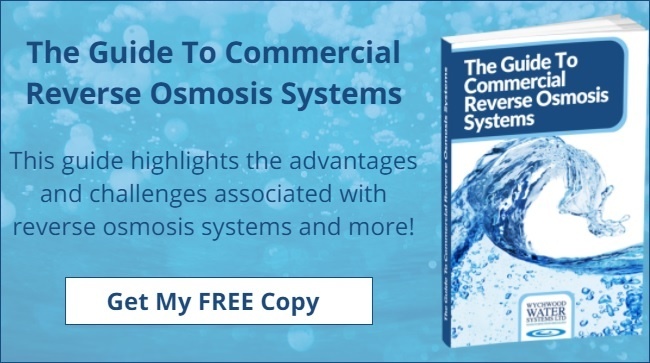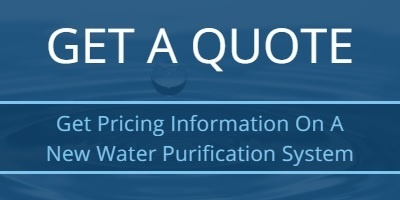When I speak to engineers about the need for bacteria removal, sometimes I get asked about the role of free chlorine.
Water utility company's will typically add approximately 0.1 parts per million, (PPM) of free chlorine to the incoming water supply. This background level of free chlorine is added to inhibit and remove bacteria from the feed water.
When we purify water, however, the first thing we do is to remove the free chlorine with the water purification processes used. From there on if the wrong conditions are created bacteria cells can grow.
The causes of bacteria growth
There are many potential causes of bacteria growth. To name a few:
- Water temperature
- Biofilms
- Incompatible materials
- Inadequate flow rates
- Badly designed and installed pipe work
- Inadequate disinfection regime
- Poorly maintained water purification system
Monitoring and detection
Monitoring and detection regimes will vary depending on the composition and design of the individual system. As an example:
- S1 from the outlet of the purified water generation plant
- S2 from the feed to the purified water ring main
- S3 from the return of the ring main to the treated water tank
Sampling and analysis would normally be undertaken on a monthly basis. This will also vary from application to application.
Effective sample removal
This topic is very important as if the method of sample removal is inadequate, the analysis results received will be misleading.
To remove effective samples for analysis the purified water system must be fitted with hygienic sample points at the relevant positions on the system
These sampling devises are normally 316 stainless steel needle valves.
The operator removing the samples should be wearing clean overalls and sterile gloves. Ideally a face mask should also be worn. Sterile sample containers must be used.
Before sampling the sample point must be sanitised using IPA (iso propylene alcohol). This must be sprayed up inside any nozzles.
Following this the sample point should be run for 3 to 5 minutes to drain. The sample point should be left running at all times until all samples required are removed.
Remove the lid from the sterile sample container and half fill with the water to be sampled. Refit the lid and shake the container vigorously.
Throw away the sample and re fill the sample container until it overflows. (No air). Refit the lid tightly.
Sample storing and transportation
Having removed an effective sample it is important that it is stored and transported correctl. Ideally the analysis should be conducted the next day. During the time delay between sampling, transporting and analysis the sample must be refrigerated.
Interpretation of results
The standards and results required will vary from Client to client and the nature of the purified water use. As an example:
- The results should be provided in colony forming units per millilitre (CFU’s).
- A typical result required will be <10 CFU per millilitre.
However, different Companies QA departments will set different standards.
A failed result
A failed result can very often be due to an inadequate sampling method. For instance, if S1 has a good result and yet S2 has a failure, then the discrepancy could be sampling method. If this is suspected, then a further set of samples should be removed for sampling. If further results confirm a failure, then a disinfection procedure should be adopted.
System disinfection
Purified water system disinfections can be complex and time consuming. Various disinfection chemicals and methods are available. At this point it is more practical and cost effective to call upon a specialist service provider To conduct the disinfection or to provide guidance.
Routine disinfections
In most companies where a low or zero bacteria purified water is required, disinfections are completed on a routine basis. The frequency of these can be six monthly, three monthly, or even weekly in critical situations.
Find out more:
We have written an informative e-book which explains your options for industrial water purification, entitled “The Complete Guide to Industrial Purified Water Systems.” You can download it free by clicking here.
If you have questions about your water purification options, you can contact us on 01993 892211. You can also email us at sales@wychwood-water.com.










 We are a specialist independent company involved in water purification and water treatment technologies
We are a specialist independent company involved in water purification and water treatment technologies


